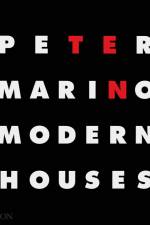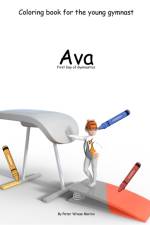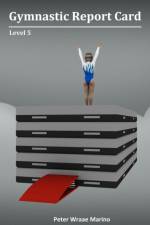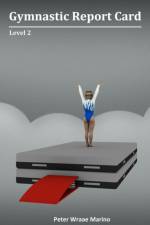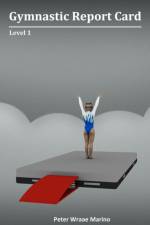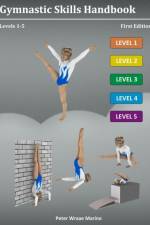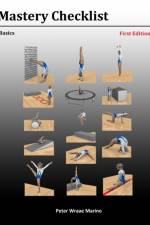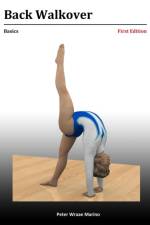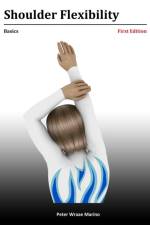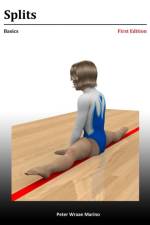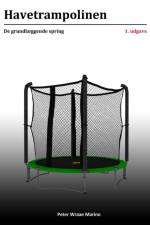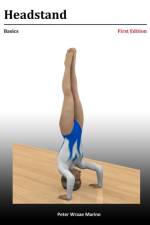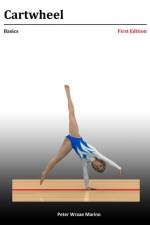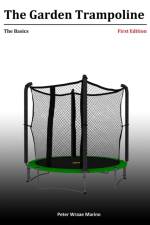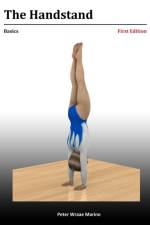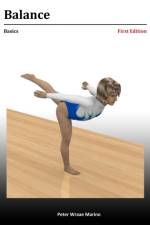av Peter Marino
1 161
An exclusive look inside world-renowned architect Peter Marino's private, residential projects In this stunning new collection, internationally acclaimed architect Peter Marino shares a look inside his private, residential projects. In contrast to the architecture and design for his luxury commercial clients - including Chanel, Dior, Louis Vuitton, and Tiffany & Co. - the residences featured are ones where Marino was allowed almost unlimited creative freedom in both the architectural planning and interior design. Through ten chapters (nine completed residences and a tenth chapter of in-progress houses) with more than 200 images, this book provides a behind-the-scenes look into Marino's remarkable range of work across the globe with residences in: Southampton and Sagaponack, New York; Aspen, Colorado; Miami, Florida; Summerlin, Nevada; Malibu, California; Faqra, Lebanon; the Dominican Republic; Ramatuelle and St. Barts, France; Grace Bay, Turks and Caicos; and Skorpios, Greece. This is the first book on Peter Marino's residential architecture, and readers can gain insight into his practice and approach to residential design through a preface by Marino himself, an introduction by Pilar Viladas, and profiles of each residence by Sam Lubell.|An exclusive look inside world-renowned architect Peter Marino's private, residential projects| Peter Marino is the principal of Peter Marino Architect PLLC, the New York-based architecture firm he founded in 1978. His work includes award-winning residential, retail, cultural, and hospitality projects worldwide. An avid collector and patron of the arts, Marino is known for integrating art within his architectural designs and has commissioned more than 300 site-specific, original works of art from prominent contemporary artists. Pilar Viladas writes about design and architecture. The former design editor of T: The New York Times Style Magazine, she is the author of three books, and has written for Architectural Digest, Town & Country, W, and Surface, among others. Sam Lubell has written eight books about architecture, including California Captured and two travel guides to mid-century modern architecture in the USA, all from Phaidon. He is a contributing editor at The Architect's Newspaper and writes for the New York Times, Los Angeles Times, The Atlantic, Architectural Record, Architectural Review, and other publications.

